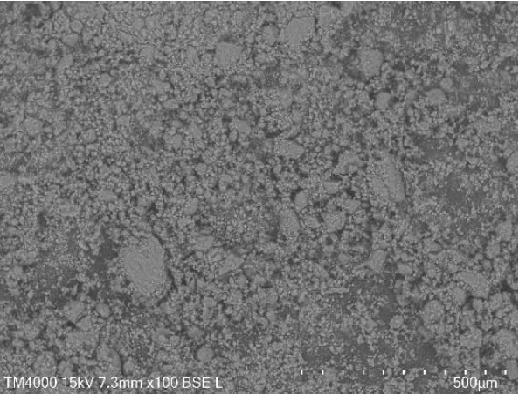The Comparison Effects of NaOH and KOH as Solvents for Silica Extraction from Two Different Coal Fly Ashes
Abstract
One of the environmental problems is the waste from the coal combustion process from coal power plants or other industries that use coal as an energy source. The combustion process produces coal fly ash, which will accumulate in the environment. Subsequently, much research about the utilization of coal fly ash has been developed. Silica extraction from coal fly ash is one of the methods that can be used to utilize coal fly ash. This study carried out silica extraction using the Direct Alkaline Leaching (DAL) method. The coal ash was contacted with alkaline solvents (KOH and NaOH) with the variations of concentrations and the leaching time. The leaching solution filtrate will be precipitated with the addition of HCl. The characteristics of this silica from CFA and CFA B were analyzed by using Scanning Electron Microscopy (SEM). Based on the results, it could be known that each of the coal fly ashes has different results for both alkaline solvents. CFA A has relatively less silica extraction results in both types of solvents. Meanwhile, CFA B gave higher silica extraction results with coal fly ash and solvent contact time for one hour.
Downloads

Copyright (c) 2022 Farrah Hanum Hanum, Aster Rahayu, Iqbal Hapsauqi

This work is licensed under a Creative Commons Attribution-NonCommercial-NoDerivatives 4.0 International License.
Authors who publish with this journal agree to the following terms:
- Copyright on any article is retained by the author(s).
- The author grants the journal, the right of first publication with the work simultaneously licensed under a Creative Commons Attribution License that allows others to share the work with an acknowledgment of the work’s authorship and initial publication in this journal.
- Authors are able to enter into separate, additional contractual arrangements for the non-exclusive distribution of the journal’s published version of the work (e.g., post it to an institutional repository or publish it in a book), with an acknowledgment of its initial publication in this journal.
- Authors are permitted and encouraged to post their work online (e.g., in institutional repositories or on their website) prior to and during the submission process, as it can lead to productive exchanges, as well as earlier and greater citation of published work.
- The article and any associated published material is distributed under the Creative Commons Attribution-NonCommercial-NoDerivatives 4.0 International License.





_copy1.png)










